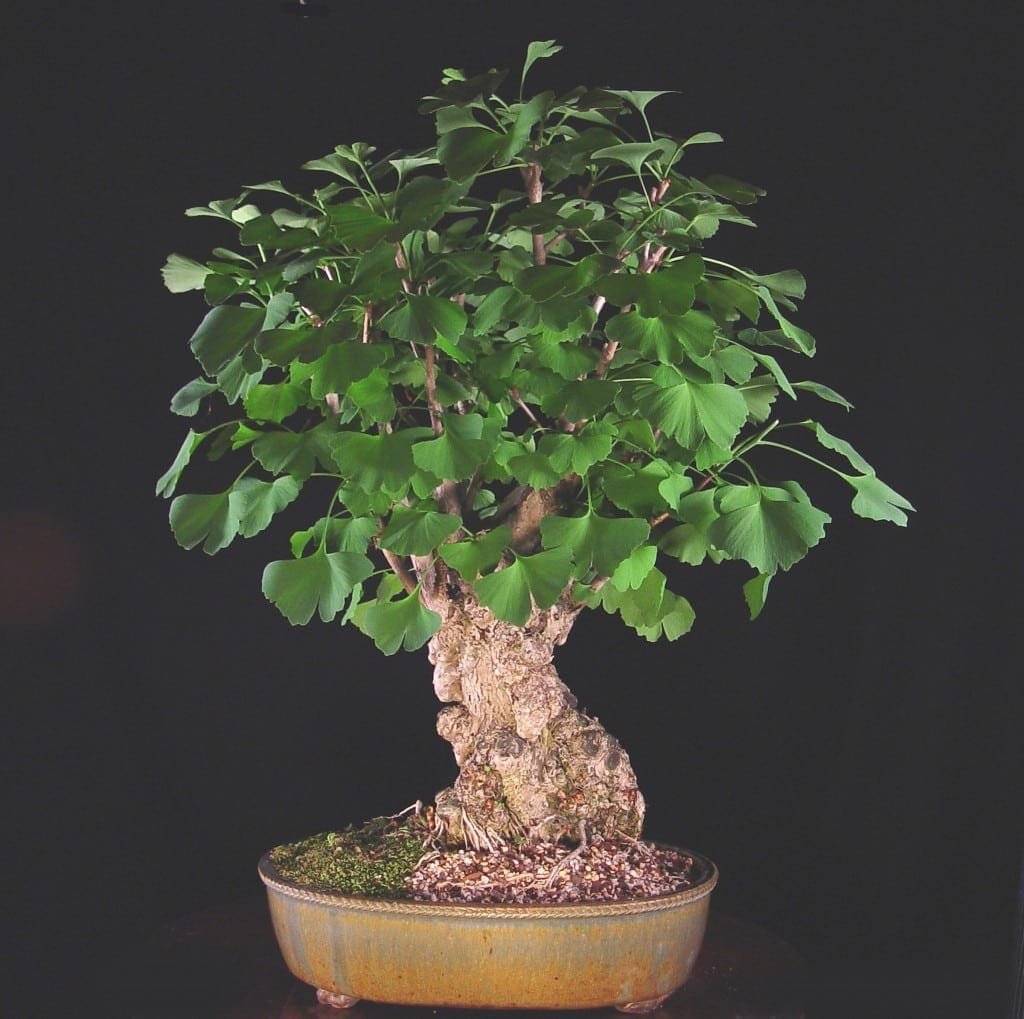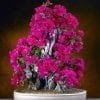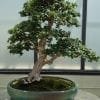The art of growing Bonsai trees is slowly growing in popularity. What once was only found in Oriental gardens is now becoming more common in households all over the world, and the variety of these bonsai plants has definitely been a factor in their increasing appeal.
The small size of these potted trees allows for them to be conveniently grown in homes and gardens of all sizes.
However, growing these trees is definitely not a simple task, and each particular species of bonsai trees requires care that is unique to it.
However, for the Ginkgo Bonsai tree, the benefits given by the trees leaves may be well worth the care needed to invest in it to allow for its optimal growth.
| Scientific/Botanical Name | Ginkgo biloba |
| Description | A deciduous tree, the gingkos form is columnar in shape, and its leaves are shaped like fans. The tree is indigenous to China, and dates to prehistory. |
| Position | The tree grows well in full-sun to part-sun. However, for the best display of yellow leaves in the fall, it requires maximum levels of sunlight. |
| Watering | Keep the soil moist during the growth phase, but keep it dry over the winter months. |
| Feeding | Feed the tree every two weeks from spring to mid-summer, and during the months of September and October. |
| Leaf and Branch Pruning | Prune the tree according to its natural shape. Prune back the newest branches to only two or three buds. If the large branches are cut, the scars will always remain visible, so avoid cutting them if at all possible. Thin out leaf clusters, leaving only the outermost two or three leaves. |
| Re-potting & Growing Medium | Re-pot young trees every year. More mature trees should be re-potted every two or three years. |
| Wiring | Light wiring may be undertaken between spring and fall. However, care must be exercised so as not to damage the delicate tree bark. |
| Notes | Seeds from female gingko trees give off a rancid and offensive odor. The bonsai gingko tree rarely bears fruit, however, so odor from seeds is unlikely to become an issue. |
Description
Like most bonsai trees, the Ginkgo Bonsai is simply the “miniature” version of its full grown “parent” trees. More specifically, the Ginkgo Bonsai is the potted and manicured version of the commonly known Ginkgo biloba, a tree native to Asia that is known for its medicinal benefits.
One of the only known living trees that has no currently known close relatives, the Ginkgo biloba is unique in its ability to grow in terrain that is typically perceived as “harsh.”
For example, these trees are capable of sprouting along cliff banks and other rocky surfaces. When not confined to bonsai trimming and potted conditions, Ginkgo biloba trees can grow to an impressive 35 meters, and some of these trees in China have been reported to be as tall as 50 meters.
However, when grown as a bonsai plant, Ginkgo trees will only grow as tall as their pots (which limit root expansion) and trimming (which limits vertical and horizontal expansion) allow.
Unlike some bonsai trees that are coniferous, the Ginkgo biloba is actually a leafy tree. In fact, it was the lobed leaves of the tree that gave it its alternative name—the Madenhair tree, after the Madenhair fern that has similar leaves.
The large lobed leaves of all Ginkgo biloba plants are a brilliant green during the spring and summer and a bright yellow during the fall. Ginkgo trees are dioecious in nature, a fact that is very important when considering the cultivation of these beneficial plants.
Male Ginkgo trees produce small pollen cones while female Ginkgo trees have only two ovules at the end of their stalks. These ovules may develop into seeds following fertilization and resemble a small fruit in appearance.
However, the smell of these crushed fruits is extremely bitter, due to the butyric acid contained within.
Medicinal And Culinary Benefits
Despite the foul odor of the fruit of this plant, the nuts of Ginkgo trees are used in many dishes in Asia. Chinese cooking often uses Ginkgo nuts in congee dishes while Thai desserts include Ginkgo nuts as well.
Additionally, the leaves of all Ginkgo trees are often used for medicinal purposes. Extracts from Ginkgo biloba leaves contain glycosides and terpenoids, compounds that have been indicated to improve cognitive ability and possibly delay the onset of memory loss.
The benefits of Ginkgo leaf extracts on preventing memory loss and the onset of dementia or Alzheimer’s symptoms are somewhat controversial; while the largest study currently published found no difference in preventing the onset of Alzheimer’s in normal patients (aged 75 or older), a smaller study conducted using the exact same Ginkgo extract formula concluded that using these extracts significantly improved memory and cognitive ability in patients suffering from early stages of dementia.
The general conclusion from these studies is that while Ginkgo leaves may improve memory for individuals already suffering from loss of neurological functioning, these leaves are not truly beneficial in preventing the onset of these diseases.
Other benefits of the leaves of Ginkgo bonsai plants may include improving conditions for individuals suffering from low blood flow to the brain (cerebrovascular insufficiencies).
Additionally, some studies have shown that Ginkgo leaf extracts may also be beneficial for anyone suffering from Raynaud’s disease. At the same time, clinical studies in India proven that this tree’s extracts can also be used to treat the onset of vitiligo.
However, this treatment for stopping the spread of vitiligo (a skin disease) is also highly dependent upon other environmental conditions (like exposure to the sun).
Care And Maintenance
Like most other bonsai plants, Ginkgo bonsai trees require careful maintenance and specific growing conditions. Young Ginkgo bonsai plants should be repotted every spring, preferably just before any new leaves appear; a young ginkgo bonsai plant is considered to be any tree that is under 10 years of age.
Since Ginkgo trees grow naturally in harsher conditions, the ideal potting soil for Ginkgo bonsai plants should be fairly dry and contain about a 10% ratio of course sand and grit. Young trees should be well watered during their periods of growth, but their pots should still allow for ease in draining any excess water in order to prevent root rot.
Ginkgo bonsai trees should be kept in an area well exposed to the sun during all seasons; however, to prevent their roots from freezing, Ginkgo bonsai trees should be kept inside during the wintertime.
Ginkgo bonsai trees are extremely sensitive to pruning, and pruning should be kept to a minimum whenever possible since the pruning scars on these trees do not heal with time.
Pruning should only be done in either the spring or the fall; to prune Ginkgo bonsai trees, clip away leaf clusters to reduce the clusters to just two or three leaves, always keeping the top leaf on the outside.
The best shape for a Ginkgo bonsai tree is its natural shape, but its leaf clusters allow for it to be pruned into a decent broom-like shape if desired. If a Ginkgo bonsai tree requires wiring to maintain its desired shape, then only a very thin, delicate wire should be used since these trees have such fragile bark.
Again, Ginkgo bonsai trees scar very easily and using a thick wire can result in unwanted scarring.


